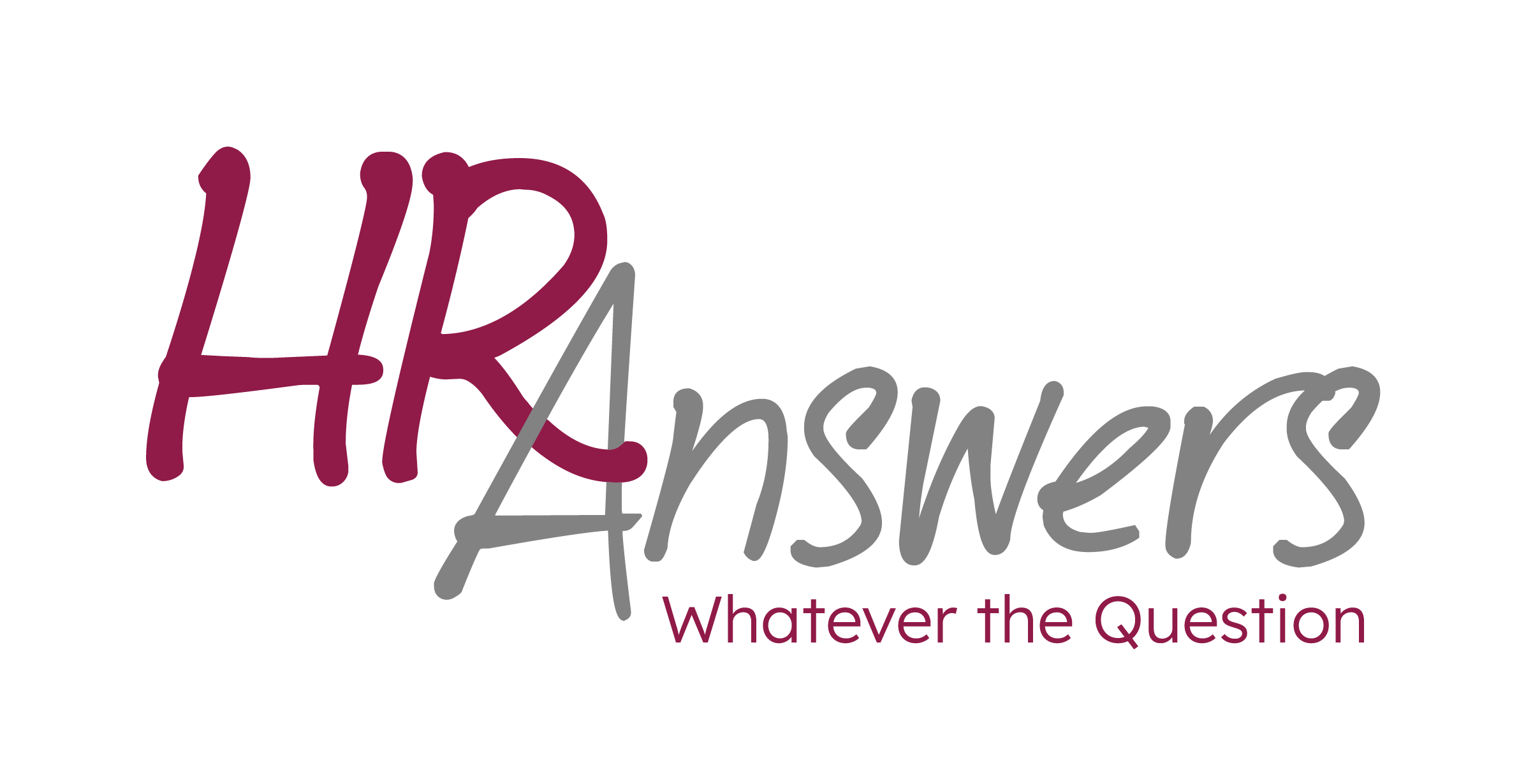Your 2023 benefits open enrollment period is approaching and new needs will pop up as we continue with our hybrid workplaces. You will have to decide whether conducting your meeting in person, virtual, or a mix is going to be best for your employees. You need to ask yourself:
Are you able to have all-staff meetings, or do you need employees to meet in smaller groups to avoid disruptions in production or safety considerations?
Are there some employees who will be best served by meeting in-person, while others will need to go through open enrollment virtually?
Whatever option you pick, your communication planning is paramount. Your messaging is important and the medium you use (well-crafted emails, brochures, and reminders) live, in-person, or virtual meetings vs. pre-recorded can also be productive and offer the opportunity as an on-demand feature. Your considerations may be number of employees, locations, employee tenure, your benefit offerings, the changes that need communicating, etc.
We are sharing some checklist items from Celeste DaVault from USI and Deena Harvanek from Mercer along with some of ours as the backdrop to suggestions and planning steps for your consideration:
Make a plan and develop a strategy
- Review your notes from what worked and what did not work from last year.
- Set goals and measures for outreach, use of digital resources, and enrollment.
- Conduct employee surveys or conduct employee listening sessions (when, how, who).
- Determine your media plan, develop key messages, and identify all audiences, making content personal, simple, and direct.
- Consider that most employees base their enrollment decisions on; answers to four basic questions: What is it? What’s in it for me? How does it work? How do I sign up?
Get the word out
- Let employees know it is coming…and your deadlines.
- Think generational – what works best with each of your populations to hit your targets.
- Distribute a pre-enrollment flier (printed and online).
- Hold a virtual benefits fair
- Who will attend – all of your providers/partners? Any incentives offered? Single event or multiple sessions/days?
- Distribute an enrollment packet, again with a reminder of due dates (printed and online).
Ready, set, go!
- Launch enrollment through a benefits portal, for a period of about three weeks.
- Take this opportunity to rethink your approach to open enrollment – create opportunities for “open door office hours” if people need to talk one-on-one.
Measure success
- Consider your stakeholders. What is it they want and need to know?
- Developing year-round communications,
- Research and update your offerings and support services
- Track the results of your efforts. If possible, gather data related to:
- Health plan and retirement plan elections
- Increased contributions
- Video views and material downloads
- Email open rates and click throughs
An additional observation for your consideration: Often times employees do not know what they had….what was offered until they “need” it or until they leave. So, take this concept and work backwards with “how do I convey the messages I want or need the employees to hear and understand?”








